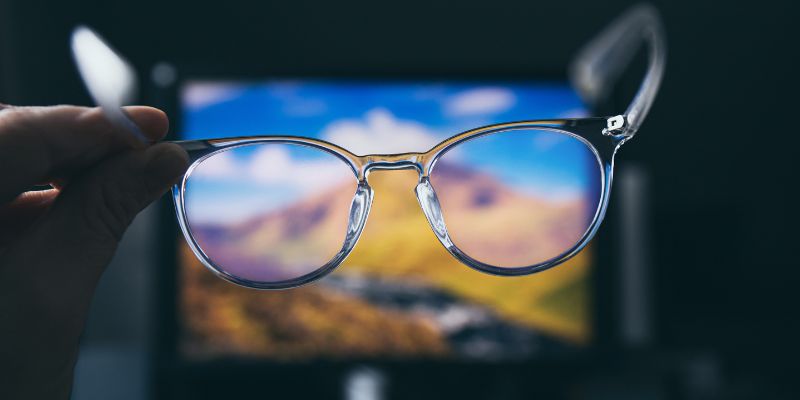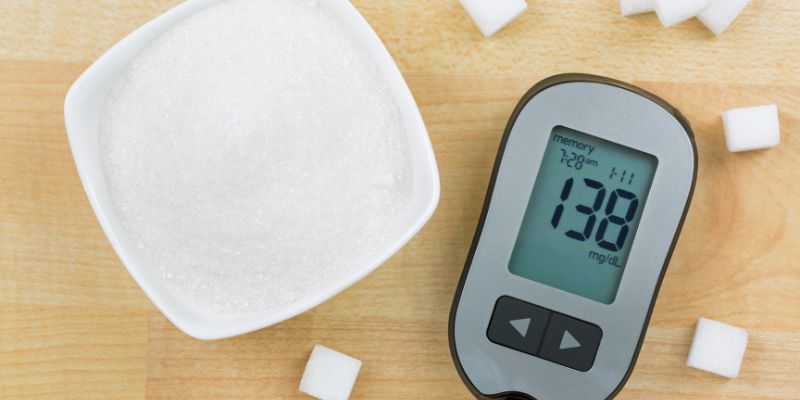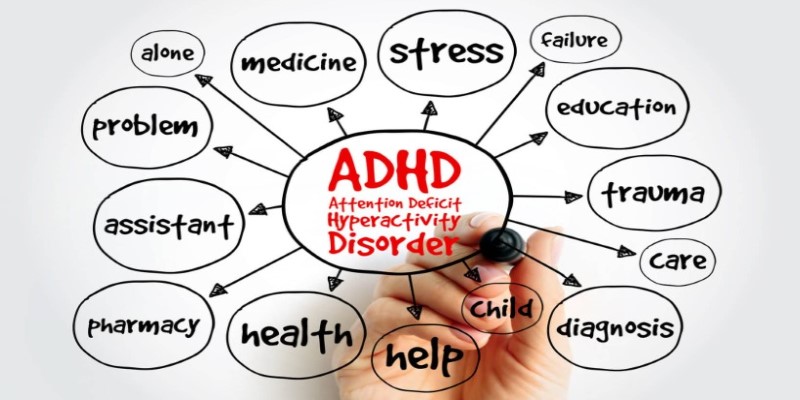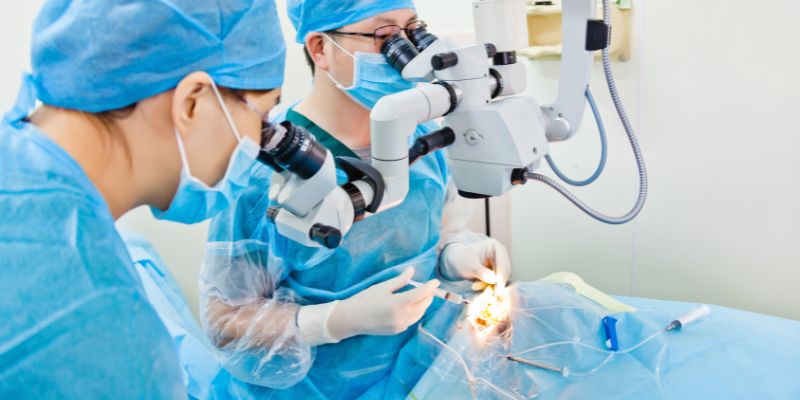Wet AMD Injections: Benefits, Risks, Results, And Everything You Should Know
Wet age-related macular degeneration (Wet AMD) is the main cause of vision loss among those 50 years of age and above. Fortunately, numerous successful treatments can halt its development and, occasionally, even help to restore some lost eyesight. However, these treatments also include some hazards and adverse effects that should be considered.
This article will discuss the most often used treatments for Wet AMD, their advantages, and possible risks. Knowing these factors helps you make wise judgments regarding the state of your eyes.

What is Wet AMD? and Why Does It Matter?
One eye disorder causing central vision loss is wet AMD, sometimes known as wet age-related macular degeneration. It starts when aberrant blood vessels develop beneath the macula, the center section of the retina. These blood veins can leak fluid and blood, damaging the macula and causing vision loss.
Since Wet AMD influences your center vision, its effects are noteworthy. That makes daily tasks such as driving, reading, or face recognition challenging. Although the disorder may not cause total blindness, a person's quality of life may be much diminished by loss of central vision. The condition can advance quickly without therapy and permanently destroy vision. Fortunately, modern treatments for Wet AMD give patients choices to stop or decrease the course of the condition.
Common Treatments for Wet AMD
Anti-VEGF medication, photodynamic therapy (PDT), and laser surgery are the most often used treatments for Wet AMD, among the various others accessible. Each of these therapies has varied effects and provides particular advantages based on the patient's condition.
1. Anti-VEGF Therapy:
The most often used treatment for Wet AMD is anti-VEGF, or vascular endothelial growth factor, therapy. This treatment entails directly injecting a medication into the eye to stop VEGF, a protein that causes the formation of aberrant blood vessels. By inhibiting VEGF, the treatment stops further eyesight loss and leaks.
- Benefits: Anti-VEGF treatment is highly successful in stopping the advancement of Wet AMD. Many times, it can even help restore vision lost already. Regular injections, usually every 4 to 8 weeks, help sustain these favorable results.
- Risks: Although anti-VEGF medication is usually safe, there are hazards. The most often occurring adverse effects include transient blurriness of vision and eye discomfort. Rarely, the injections might cause more major problems, including retinal detachment or infections. When considering long-term therapy, one should balance these hazards.
2. Photodynamic Therapy (PDT)
For those who might not be fit for anti-VEGF treatment, PDT is another therapy choice for Wet AMD. Using a light-sensitive medication injected into the circulation, PDT is a laser aimed at the aberrant blood vessels in the eye. The laser then activates the medication, lowering leakage and maintaining vision.
- Benefits: PDT has the extra advantage of being a selective treatment targeting aberrant blood vessels. As such, it presents a less intrusive substitute for injections, lowering the chance of injuring healthy eye tissue.
- Risks: Although PDT is usually tolerated, some individuals may have brief visual abnormalities following the treatment. The surgery may also cause little discomfort; however, there is a chance that the aberrant blood vessels will re-grow and call for more treatments.
3. Laser Surgery
One of the first treatments for Wet AMD, laser surgery, is less often utilized today since other treatments have advanced. This approach destroys aberrant blood vessels in the retina with a high-energy laser beam.
- Benefits: Quick and efficient laser surgery can help prevent additional eyesight loss. It is especially helpful for patients with particular forms of Wet AMD, where aberrant blood vessels are found far from the center of the macula.
- Risks: The main drawback of laser surgery is damage to healthy retinal tissue. Occasionally, this results in permanent vision loss in the treated area. Furthermore, it is less successful in restoring vision loss than other treatments, like anti-VEGF therapy.
The Benefits of Treating Wet AMD
Treating Wet AMD has many advantages, mostly related to maintaining eyesight and enhancing quality of life. Early intervention helps stop the disease from progressing quickly, thereby preserving your freedom and allowing you to continue daily activities for more time. Modern Wet AMD treatments, especially anti-VEGF therapy, have one of the biggest advantages: they significantly enhance eyesight in some situations.
That is a major development from more conventional therapy approaches, which concentrated mostly on slowing down rather than reversing eyesight loss. Maintaining eyesight helps patients stay active and involved in their hobbies, social events, and jobs, promoting their general well-being and mental health.

The Risks Associated with Wet AMD Treatments
Although wet AMD therapies are usually safe and successful, but can entail risks. Regular administration of anti-VEGF injections, for example, can be time-consuming and unpleasant. Photodynamic treatment has some disadvantages, notably the likelihood of aberrant blood vessels re-growing following treatment, which calls for additional surgeries. Following PDT, patients may also have transient sensitivity to light, which would briefly impact their daily activities.
Though less frequently utilized, laser surgery carries more danger of destroying good retinal tissue. Laser treatment typically causes permanent vision loss; hence, it is usually saved for situations where alternative therapies are inappropriate. The degree of the sickness, the general state of the patient, and their tolerance for any adverse effects ultimately determine the course of treatment.
Who Should Consider Treatment for Wet AMD?
Should you have a diagnosis of Wet AMD, you should immediately discuss treatment choices with your eye expert. Early diagnosis and therapy can greatly slow down the course of the disease and, occasionally, restore lost vision. Usually advised for those with serious macular degeneration or fast vision loss is treatment. Still, even those with mild Wet AMD should weigh their choices to stop more damage.
Your eye doctor will run various tests to ascertain the degree of your disease and provide the most suitable treatment recommendation. Finding a balance between safeguarding your vision and reducing hazards can help you maintain a decent quality of life.
Conclusion:
For those who have vision loss, wet AMD treatments give hope. Knowing the advantages and drawbacks of several choicesincluding anti-VEGF treatment, PDT, and laser surgeryhelps you decide how best to control the illness. Early therapy helps to maintain vision; meticulous risk analysis guarantees the best potential results. See your doctor to discuss the best course of action for Wet AMD and guard your eye health.












